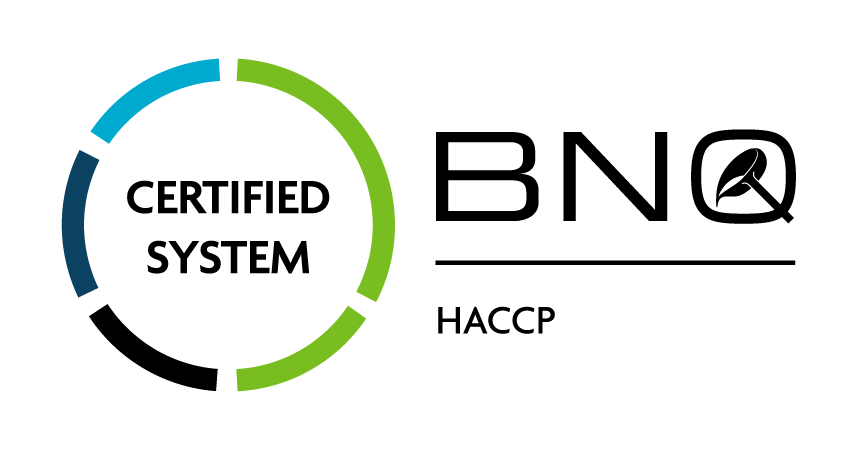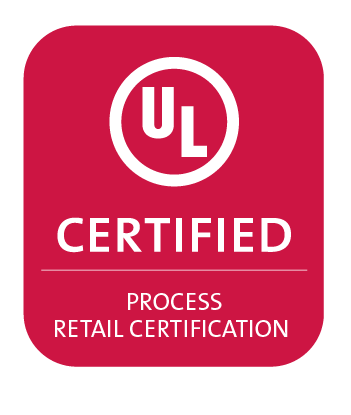 Audits by the Food and Drug Administration (FDA), historically a source of angst, may be generating even more concern. Recently, the FDA has escalated its cGMP compliance inspections by enforcing increasingly complex regulations, gaining greater access to records and conducting audits more frequently – up from .06 to .09 per year, according to Bloomberg News.
Audits by the Food and Drug Administration (FDA), historically a source of angst, may be generating even more concern. Recently, the FDA has escalated its cGMP compliance inspections by enforcing increasingly complex regulations, gaining greater access to records and conducting audits more frequently – up from .06 to .09 per year, according to Bloomberg News.
Even the most compliant may feel vulnerable. However, understanding the process, preparing for it and being aware of regulations will help to restore a sense of control and help to ensure the best outcome.
Regulations regarding prior notification vary by country, so it is imperative to learn the regulation within your country. In the U.S., FDA is not required to provide advance notice, yet if this is a pre-approval visit or if your last inspection was without violation, you will likely be advised of an impending inspection two weeks prior. However, for facilities where violations were noted during a previous audit, the FDA will provide no prior announcement. Frequency of inspections is left to the discretion of the agency. The investigator is obligated to show credentials.
Depending on the scope of your organization, it is likely the investigator will need to interact with several key personnel. Determine in advance who they will be and align them with your organization’s approach to the audit. Assign someone to be the investigator’s goto person, escorting them to the necessary locations throughout your facility.
Of course, the best preparation of all is to be knowledgeable about FDA regulations and compliant with them in your daily operations. There are, however, firms that provide compliance consulting services to FDA-regulated organizations. Many of the consultants were FDA investigators at one time and have a firsthand understanding of the many details of the audit process.
It is advisable to establish open communication between you and the FDA examiner. Whether it is a routine audit or a for-cause inspection, your cooperative attitude is important. If issues or questions arise, keep your defenses at bay. Instead, discuss the situation objectively. You’re likely to think more clearly and respond to questions more constructively.
Initiate efforts to be updated throughout the process so you retain a better sense of control. At the start, request a brief meeting at the end of each day. Know, however, that it is the right of the FDA representative to deny your request.
Because the outcome of the audit will impact your organization, steps should be taken to ensure that all is handled professionally. For example, when operational questions arise, refer to procedural manuals rather than answer spontaneously. Provide information requested but do not provide more than necessary. Develop an audit dossier in which you record any updates provided by the FDA representative, copies of files or samples submitted and other critical details throughout the inspection process.
Restrictions, many for the protection of trade secrets and other proprietary information, are placed on the types of files the FDA representative may access.
Included in the restricted list are:
• Formulations
• Business plans
• Financial records, including most sales data
• Pricing information
• Research & Development
• Personnel files
One debatable issue is the right of the FDA to take on-site photographs. According to an article in a Washington Legal Foundation’s Legal Backgrounder (May 25, 2012), the FDA’s assertion of its right to photograph has never been ruled on by the federal courts. However, it is unlikely that a court would rule against the FDA’s statutory authority to take in-facility photographs. It is advised that companies be proactive in ensuring that the photos, whose content may contain proprietary information, be protected from disclosure to third parties.
At a final meeting, the investigator will review objectionable findings in written format (FDA-483). This meeting should encourage dialog – an opportunity for you and key personnel in attendance to present concerns and seek clarification, if needed. An open-minded attitude is recommended. Certainly, if you object to any of the findings, make certain your disagreement is noted. And where you agree with findings, express a positive attitude toward correction. Consider, too, that findings can provide an opportunity to improve your organization and its procedures. Welcome any other suggestions that the investigator offers.
Respond in writing to each observation listed on 483. For those issues with which you agree, explain how and when the correction will be made. And for those with which you do not agree, support your stance clearly and with substantiation. If needed, you may request a meeting at a higher level, which would typically be with a district office of the FDA. It is of great importance that your key personnel be advised of corrective measures and encouraged to participate in the solution.
Note that the FDA has an Office of the Ombudsman that can directly assist small businesses with complaints or disputes about FDA findings. (301) 796-8530 or ombuds@oc.fda.gov.
Download the File





